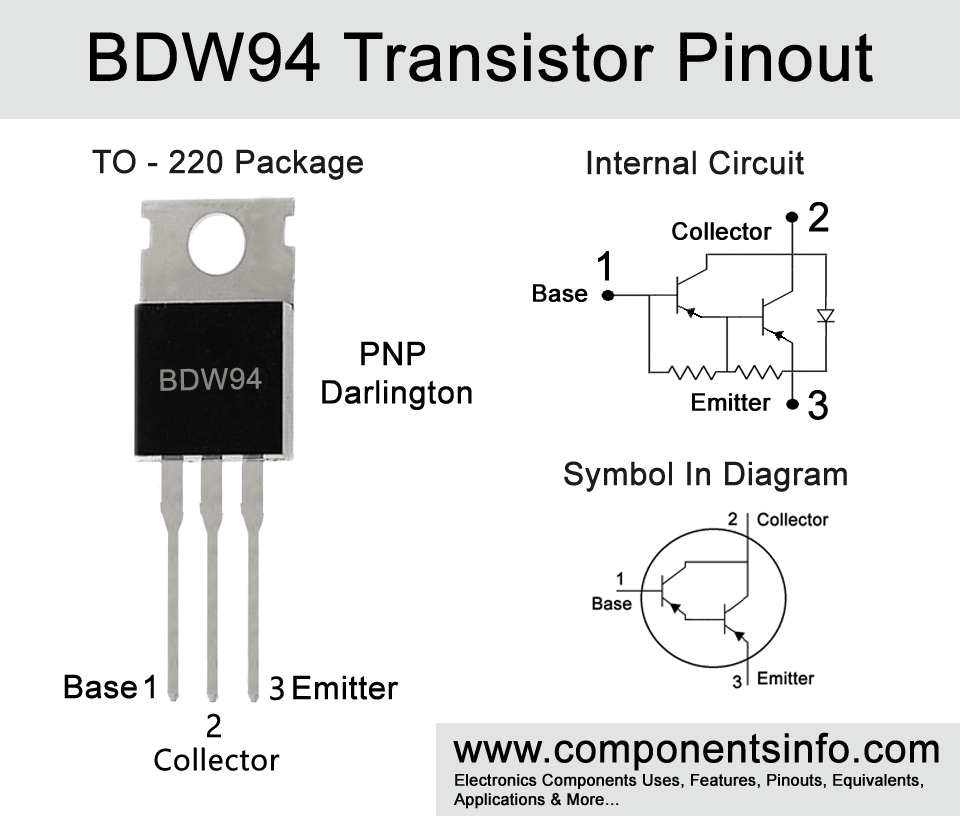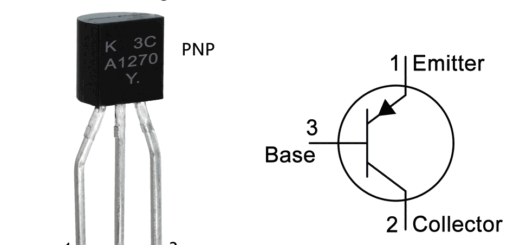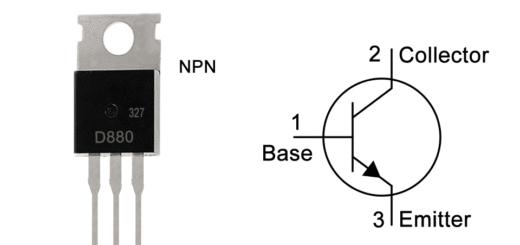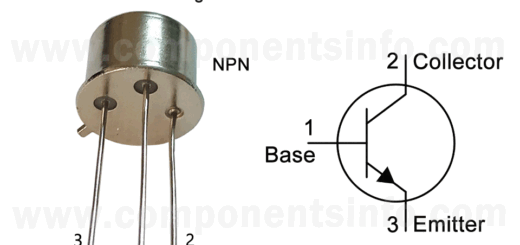BDW94 Transistor Pinout, Equivalents, Uses, Features and Other Useful Info
BDW94 is another transistor of BDW94X series which also contains other transistors. In this post we are going to discuss BDW94 transistor pinout, equivalents, uses, features and other useful info.
Absolute Maximum Ratings:
- Package Type: TO-220
- Transistor Type: PNP Darlington
- Max Collector Current(IC): -12A
- Max Collector-Emitter Voltage (VCEO): -45V
- Max Collector-Base Voltage (VCBO): -45V
- Max Emitter-Base Voltage (VEBO): -5V
- Max Continuous Base Current: 0.2A
- Max Collector Power Dissipation (Pc): 80 Watt
- Minimum DC Current Gain (hFE): 750 to 20000
- Max Storage & Operating temperature: -65 to +150 Centigrade
NPN Complementary:
NPN Complementary of BDX94 is BDW93
Replacement and Equivalent:
BDT88, BDT86, Low voltage equivalents are BDW94A, BDW94B, and BDW94C.
BDW94 Transistor Explained / Description:
BDW94 is a transistor of BDW94X PNP Darlington series manufactured in TO-220 package, in this series there is also other transistors such as BDW94A, BDW94B, and BDW94C. As mentioned above all the transistors in this series are Darlington types which means they contain a pair of transistors inside. The purpose of using two transistors in one is to increase the gain of the transistor, but one more thing that is important to note here is that these two transistors are connected in such a special way (which is also called a Darlington pair) which increased its gain to a great extent.
Looking at the maximum ratings of the transistor the maximum collector current it can handle is -12A, maximum collector-emitter voltage is -45V, maximum emitter-base voltage is -5V, maximum collector-base voltage is also -45V, max continuous base current is 0.2A and maximum power dissipation is 80W.
Due to its good electrical characteristics and high DC current gain of 750 to 20,000 this transistor can be a good transistor to use in variety of applications such as Switching, amplification and variety of other general purpose applications.
Where We Can Use it & How to Use:
This transistor can be used in amplifier circuits, switching circuits, ignition systems, alternate regulators etc. The detailed list of its applications can be found below.
For using the transistor you must first check its pinout then if you want to use it as a switch connect its Emitter pin with the positive supply of the circuit, its Base pin (through a suitable resistor) will be connected with the signal from which you want to control the load, and its Emitter pin with the positive connection of the load and the negative point of the load will be connected to the negative rail of the circuit.
Now for using it as an amplifier, it is important to note that there are several types of amplifier circuits you can build using other discrete components with this transistor but we are showing how to make a simple one. For making the amplifier circuit connect the Collector pin of the transistor with the positive supply of the circuit, connect the Base pin (through a ceramic capacitor) with the signal source you want to amplify, and connect the Emitter pin of the transistor with the positive connection of the sound output device such as speaker and the negative connection of the speaker will be connected with the negative rail of the circuit.
Applications:
Motor Control
Pulse Generator
Voltage inverters
Motor Control
Relay Drivers
Driver circuits
Voltage regulators
Inverter Circuits
Voltage Regulation
Switching regulator
DC to DC Converter
Audio power amplifier
Switching Circuits
LED Drivers
Audio Amplifiers
Battery Operated Applications
Safe Operating Guidelines:
Here are the operating guidelines of the transistor.
- For long term and good performance do to use the transistor to its absolute maximum ratings and always stay 20% blow from these ratings.
- So the maximum collector current of the transistor is -12A but by following the above 20% rule we will not drive load of more than -8A.
- Same as the maximum collector-emitter voltage is -45V but we will not drive load of more than -36V. (The collector-emitter voltage is the maximum voltage that you can drive with the transistor).
- Additionally use this transistor between the temperatures from -65°C and above 150°C.
Datasheet:
To download the datasheet just copy and paste the below link in your browser.
https://datasheetspdf.com/pdf-down/B/D/W/BDW94B_FairchildSemiconductor.pdf



